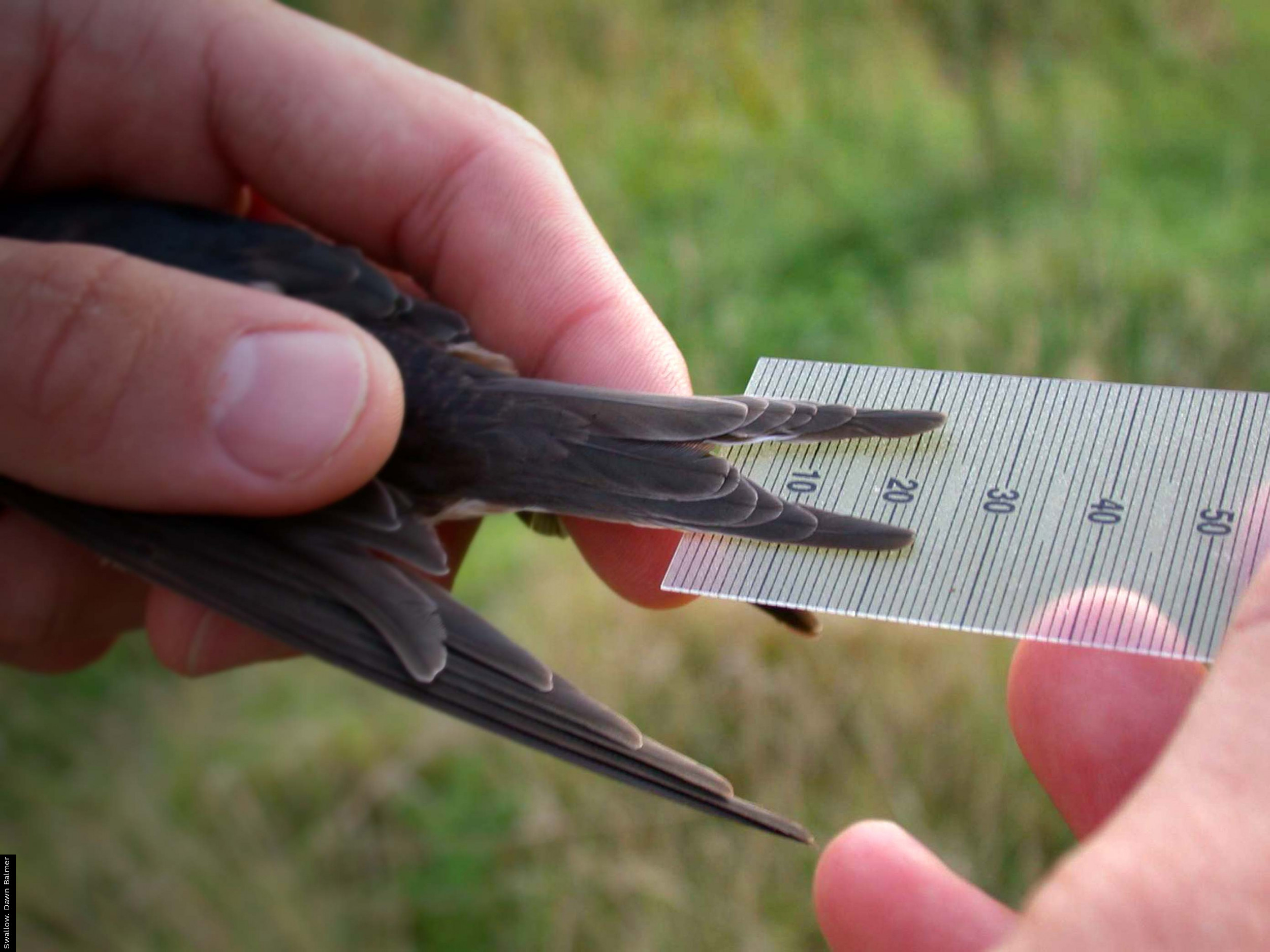The value of seabird ringing
Eight million internationally important seabirds breed in the UK. That might sound like a lot, but their numbers are plummeting – in the last 20 years, they’ve faced a shocking 30% decline which is why in 2021 BTO launched the Seabird Appeal. From Puffins and Fulmars to Razorbills and Manx Shearwaters, 25 species flock here every year to breed, but climate change, overfishing, invasive species and pollution are endangering future generations. In the last year, seabird populations have been further devastated by an outbreak of Highly Pathogenic Avian Influenza in wild birds.
To understand the drivers behind these population changes, we need greater coverage and better quality monitoring of seabirds, not just of numbers and breeding success as covered by the Seabird Monitoring Programme, but also survival rates. Despite survival rates being a key parameter, needed to understand changing population numbers, there are still major gaps in our understanding and we urgently need people to help us collect this vital information.
The following content was developed from funding generously donated as part of the Seabird Appeal to try to encourage more monitoring of our declining seabirds.
Types of seabird ringing
When we think of seabirds, many of us will automatically think of the obvious – some might say charismatic – species, such as Puffin, Gannet, Black Guillemot, Storm Petrel or the skuas, and our mind might wander to a remote island colony and the prospect of spending a week or more there as part of a seabird ringing expedition. These expeditions are amazing, and seabird colonies are incredible places, but they are not for everyone. You should be realistic about the type of conditions you are comfortable in before signing up to one of these time consuming and, more often than not, very costly expeditions. Seabird ringing can involve the following:
- living in a remote setting, with few (or no) facilities
- moving over rough terrain
- ringing at height, on steep slopes or in boulder colonies for hours on end
- experiencing an overpowering smell of guano and incessant noise from the birds
- being in an intense situation with a small group of people for a week or more
- travelling in boats, sometime in challenging sea conditions
If nothing in the above list fazes you, then you will likely find a seabird expedition to be a magical and potentially life-changing experience. If it doesn’t sound like your cup of tea, then don’t be disheartened, as this isn’t the full picture when it comes to seabird ringing.
Not all seabird ringing requires a huge time or financial commitment or involves such challenging conditions. Many seabirds are as likely to be found inland or on the coast as on a remote island. Seabird ringing can also mean ringing terns on rafts at a local nature reserve, Cormorants at an inland breeding colony, gulls at an inland or coastal nesting site, Kittiwakes on buildings or a specially built tower, or taking a short boat ride to a seabird colony located just offshore for a few hours. All these ringing activities are just as important for seabird monitoring as the longer seabird expeditions.
See Becoming a seabird ringer for more information on how to get involved with the Ringing Scheme. The Finding seabird ringing opportunities provides information for finding seabird ringing opportunities once you are part of the Ringing Scheme.











Share this page